Category: Nature
-
Wombat Feces Are Cube-Shaped

Wombats produce cube-shaped feces – and there’s a surprising reason why. From anatomy to territory marking, here’s what makes their poop so unique.
-
Octopuses Have Three Hearts and Blue Blood

Octopuses have not one but three hearts – and their blood is blue. Discover how this works, why it evolved, and what it says about these alien-like creatures.
-
Bananas Are Berries, but Strawberries Aren’t
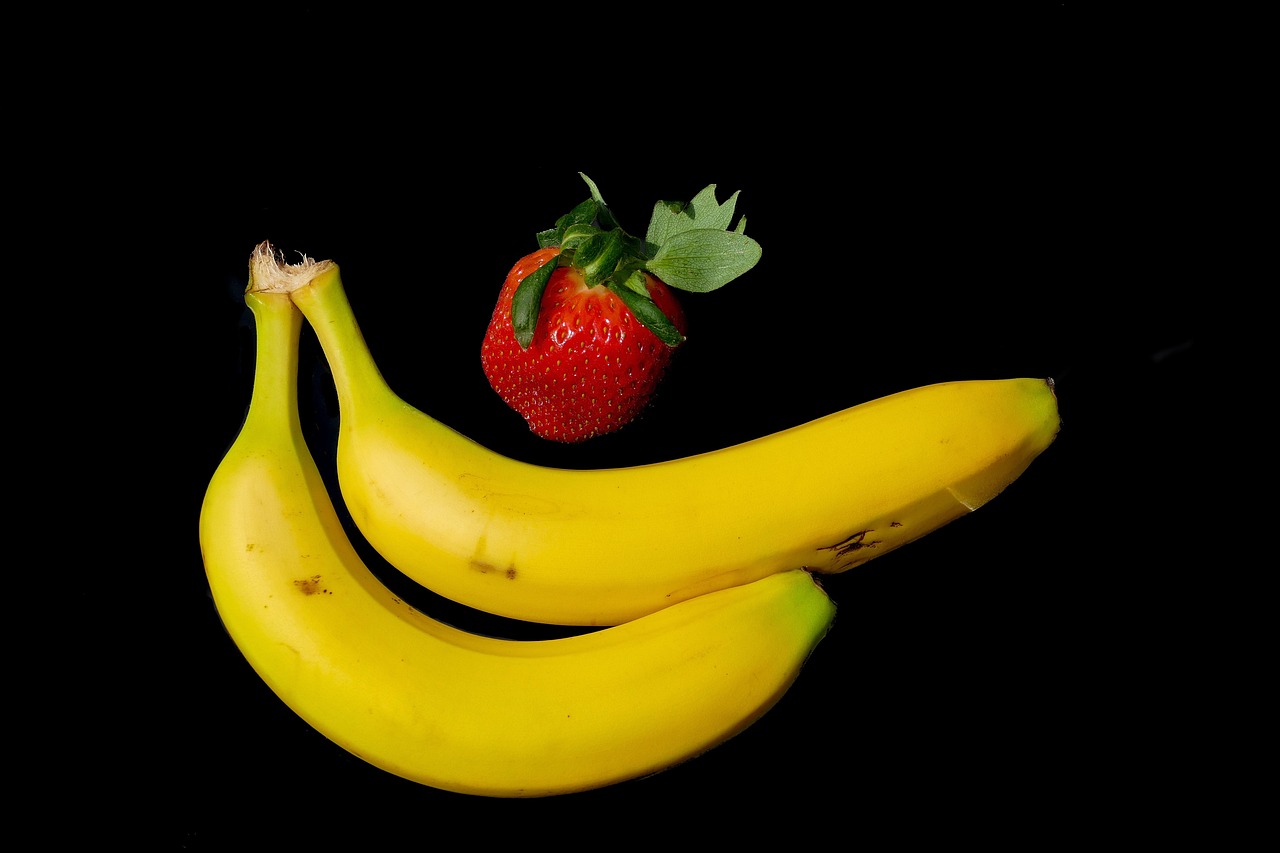
It sounds backward, but it’s botanical science: bananas are real berries, and strawberries aren’t. Learn why – and what other fruits might surprise you.
-
Fact Check: Does Honey Really Never Spoil?

Archaeologists found 3,000-year-old honey in Egyptian tombs – and it was still edible. But why doesn’t honey go bad? Here’s the science behind honey’s incredible shelf life.
-
Sharks Existed Before Trees

Think trees are ancient? Sharks have been around 100 million years longer. Discover how these apex predators outlived mass extinctions and predate even the first forests.
-
Why Sloths Hold Breath Longer Than Dolphins
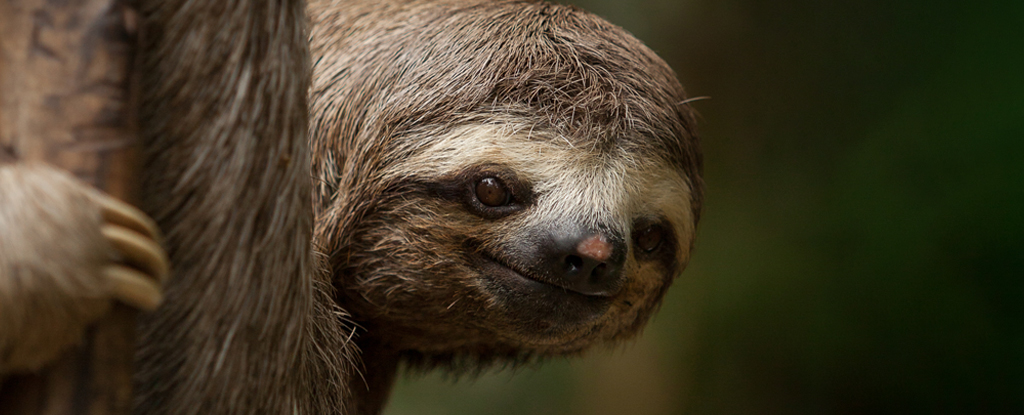
Sloths can hold their breath for up to 40 minutes by slowing their heart rates, while dolphins need air every ten minutes. Discover their unique adaptations.
-
Pando: The Oldest Living Organism on Earth
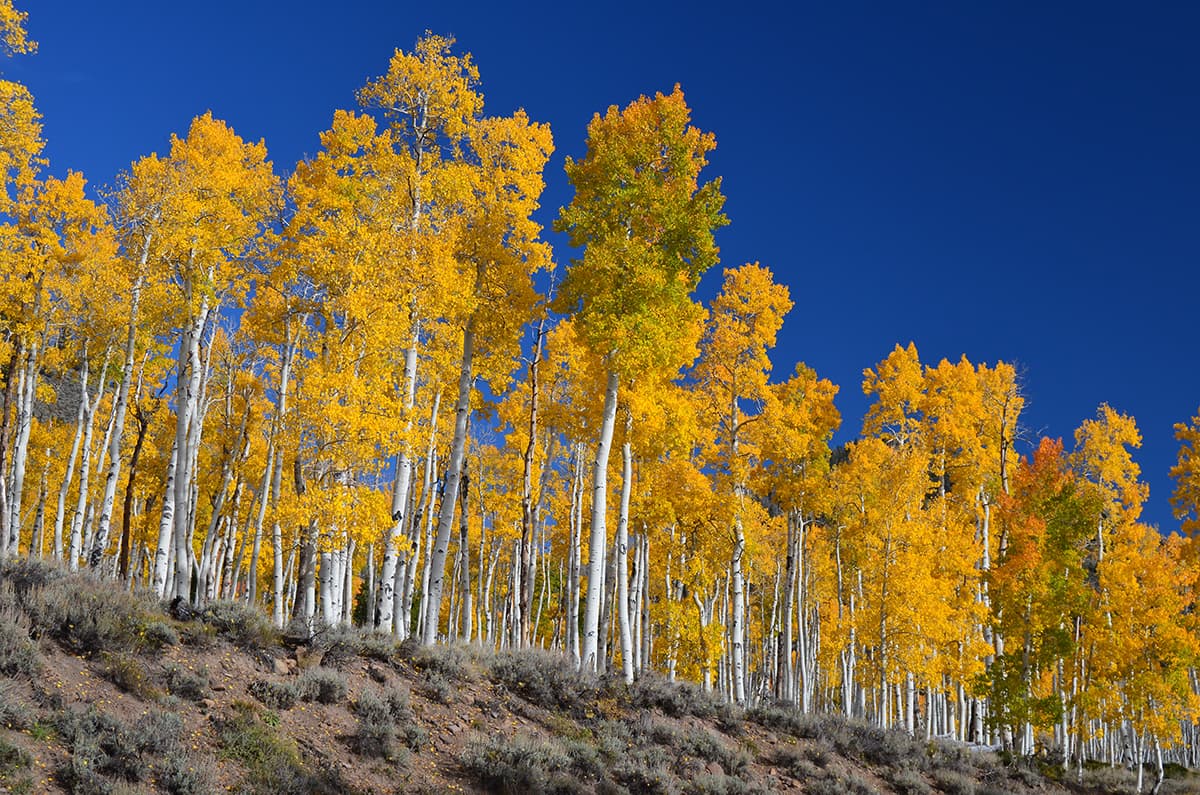
Pando, the ancient grove of quaking aspens in Utah, is Earth’s oldest living organism. Spanning 106 acres, its interconnected root system dates back over 80,000 years
-
The Loneliest Tree in the World: A Survivor of Nuclear Testing

The loneliest tree on Tristan da Cunha stands as a solitary survivor of nuclear testing, capturing radioactive particles in its growth rings.
-
Betty the Ingenious Crow: A Remarkable Display of Avian Intelligence
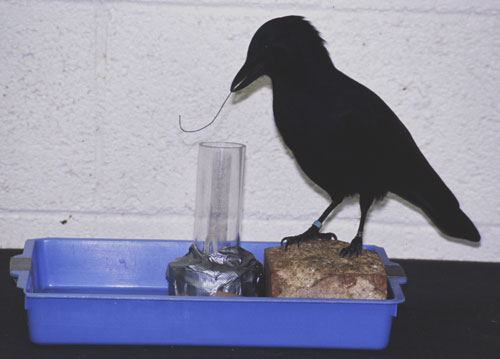
Betty, a crow, amazed scientists by fashioning a hook from wire to retrieve food—a feat challenging human-exclusive tool use beliefs and expanding avian cognitive understanding.
-
Star Trekking Dung Beetles: Navigating by the Milky Way
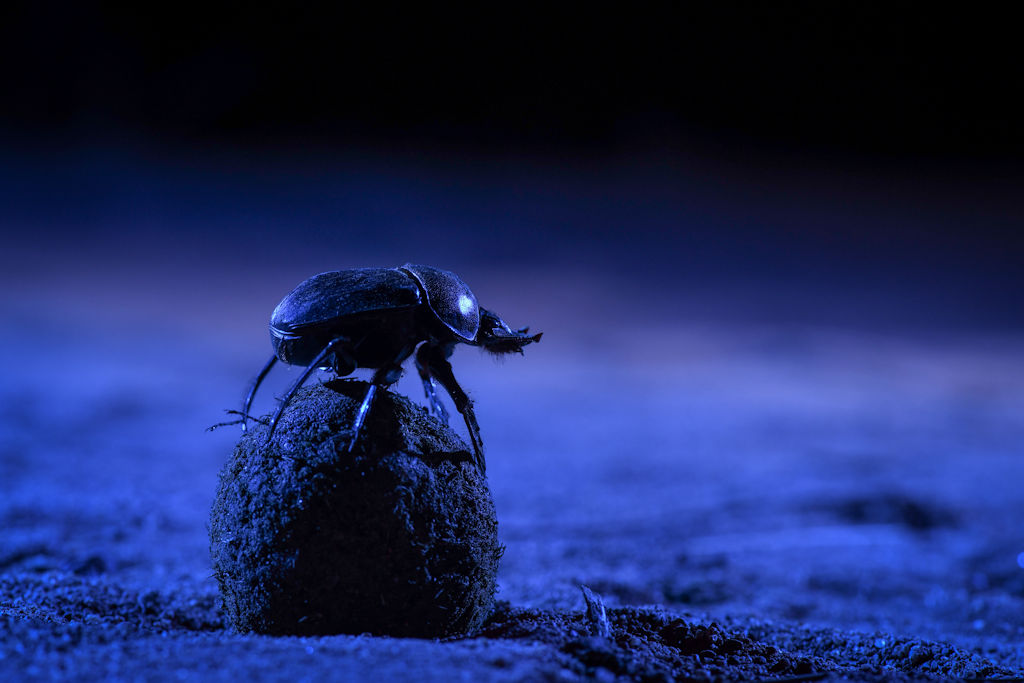
Dung beetles navigate using the Milky Way’s faint glow, ensuring straight dung ball rolls for survival and reproduction away from competitors to safe nesting sites.
Categories
- All Facts
- Business & Finance
- Entertainment
- History
- Nature
- People & Society
- Places
- Science
- Space
- Technology
Recent facts
-
Water Can Boil and Freeze at the Same Time
-
Wombat Feces Are Cube-Shaped
-
The Eiffel Tower Can Grow More Than Six Inches During Summer
-
The Shortest War in History Lasted 38 to 45 Minutes
-
Octopuses Have Three Hearts and Blue Blood
-
There’s Enough DNA in the Human Body to Stretch from the Sun to Pluto and Back
-
Bananas Are Berries, but Strawberries Aren’t
-
Fact Check: Does Honey Really Never Spoil?
-
Sharks Existed Before Trees
-
From Spilled Beans to Ice Breakers: The Surprising Origins of Common Idioms
Tags
Achievements Animals Architecture Biology Botany Daily Life Engineering Evolution Fact Check Fashion Firsts Food Health Historical Events Innovations Internet Inventions Language Law Money Music Physics Record Breakers Scams Social Media Solar System Tech History Universe WTF Business
